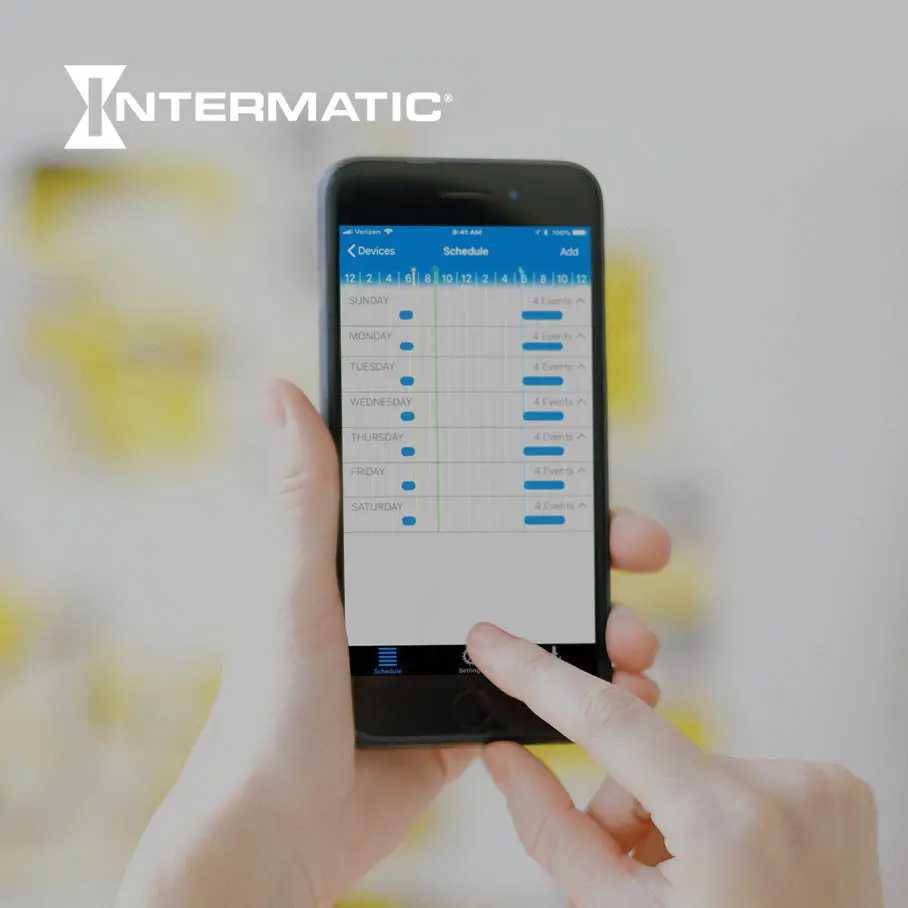As a business, making sure your product has a long, successful lifecycle begins with a series of critical questions from the onset of the process. We spoke to two Vervint experts in product development to learn more about this topic. Vervint CIO Jim VanderMey and Digital Commerce Business Line Leader Rick Harlow identified three essential considerations when developing products:
- Identify the problem you are trying to solve.
- Plan for long-term product support.
- Design for the greater good.
These three factors are critical to evaluate throughout the process when designing and building a successful product.
Both VanderMey and Harlow agree that there’s more to designing and building a product beyond just having a good idea. The steps outlined in this piece will help product development companies find success. However, there is one more critical component to consider – the mindset of those involved in the process. Designing a successful product involves constant evolution and a preparedness to solve issues again and again.
1. What Consumer Problem Are You Trying to Solve?
When a business determines it wants to build a product, there are a series of critical conversations to be had from the outset. Again, allow for incompleteness, structure for uncertainty. Perhaps most important is this: what problem are you trying to solve for your consumers? Answering this question about consumers is the key to finding success. Companies need to talk to their customers instead of relying on ideas or hunches that have not been validated. More than 75% of new products fail, and the easiest way to set your company up for success is by seeking input from those directly using your products.
An exceedingly small subset of customers will be interested in a new product simply because they like your brand. But your biggest market potential is among the huge swath of consumers who have an unfulfilled need that your new product can address.
Once you’ve determined that the problem you’re trying to solve will create customer desirability, you need to know how this product will drive revenue for your organization. Establishing and quantifying profitability is key. This will indicate that your new product has business viability.
Finally, you’ll need to assess whether your organization is truly set up to deliver on what it’s promising. In other words, is it feasible to create, deliver, service and support this product?
“Are you going to be doing something that can be supported?” Harlow questioned. “Companies need to set up a flexible architecture from the start. Viability, feasibility, and desirability all come into play.”
Many organizations believe they are capable of all these things but discover along the way that they lack mission-critical capabilities. It is far more advantageous to plan for this at the beginning of the product development process, not the end. That’s where Vervint’s advisory and consulting services shine.

Service Design Solutions | Creating Better Experiences
2. Plan for Long-Term Product Support
As a product company, you are never “done.” Not considering what happens to your product after it lands in the hands of consumers is a sure-fire way to fail.
“Building a product or an app is not the thing,” Harlow said. “You have to know why you are creating something. You can’t simply make it and walk away.”
To improve your product, add better features and ensure that consumers have a positive experience, you need to know how people are using it. You need to get customers’ buy-in at the outset of their purchase so they will stay connected to your brand. You need to know what challenges your consumers are facing as they interact with your product — and how you can help them overcome those issues. You need to know how the product fails — and how you can make things right for consumers when it does.
Gathering and analyzing this type of data can be easier with smart products, but every new product needs a robust customer service strategy. It is orders of magnitude easier to retain existing customers than to try and acquire new ones and happy existing customers will spend 300% more than brand new customers. But you also need to gain insights for your business from customer service interactions.

What Does Building a Successful Connected Product Look Like?
To integrate product information, sales data, customer service feedback and other relevant info — and get it to all of the right people within your organization — you need an exceptional data analytics and business intelligence strategy. With the most relevant information in the hands of those who need it, you can:
- Support your customers.
- Increase visibility throughout the lifecycle of your product.
- Scale up to meet demand.
- Innovate new, highly desirable features faster.
When organizations do not fully consider the entire lifecycle of a product at the outset of the design process, they often fail to launch, fail to get customers to adopt their product or fail to create new value for the business.
“With a lot of our engagements, the business has already attempted something and fallen short or wants to do something better,” Harlow noted.
3. Become a Force for Good, Starting With Product Development
So far, you have discovered a compelling problem to solve for consumers that also benefits your business. You have, wisely, considered how you will create and support your product in the long run. These key aspects of product development will maximize your chances of success. But what are the consequences if your product is successful? Is your business a force for good?
A business must be able to ask and answer questions of impact when designing products and consumer interactions, VanderMey noted.
“How do we make the implicit, explicit?” VanderMey asked. “Product developers need to design end-user interactions that ultimately drive better choices.” But actually changing human behavior is exceedingly difficult. It takes an intentional effort on the part of all internal stakeholders to agree on a desired outcome and how to achieve it.
Harlow noted that more companies are now asking themselves questions such as:
- How can we change or attempt to change behaviors in a positive way for the environment?
- How can we be inclusive and ensure we are not harming people?
- How can we improve the world?
“I think we all have a natural desire to work on something that is improving,” Harlow said. “We want to make things better for the future. We ought to be moving toward positivity.”
Partner With Vervint for Product Design and Development
At Vervint, we believe in open innovation and collaboration. We help organizations identify new market opportunities and effectively curate people’s connections with their products and technology. Want to talk to an expert? Contact Vervint today.
Disclaimer: Following the steps outlined in this piece will help your organization design a successful product. But like we noted at the start, success as a digital organization involves constant reevaluation. Successful businesses must structure for uncertainty. Ideally, you’ll remove the idea from your mind that you’re ever done. Instead, you need to be prepared to solve problems again and again.
Digital products are living things that require constant care and feeding. A mindset for success includes understanding a need to create ongoing value with customers. In fact, you have to allow for incompleteness. Success looks like continued evolution and achieving doneness in phases. Don’t say we didn’t warn you.


